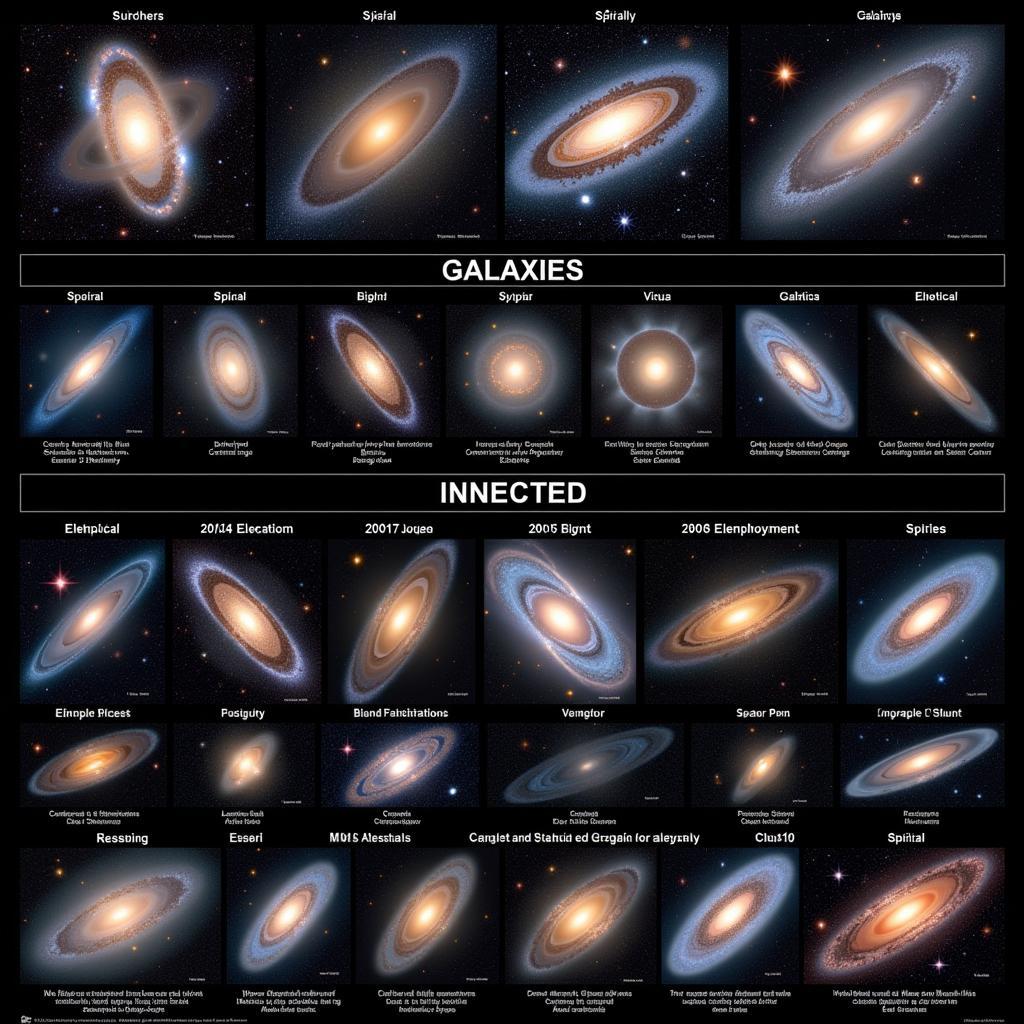Galaxy Hunting is a captivating pursuit that has fascinated astronomers and stargazers for centuries. It involves the exploration and observation of galaxies beyond our own Milky Way, seeking to unravel the mysteries of these vast cosmic islands.
What is Galaxy Hunting?
Galaxy hunting goes beyond simply locating galaxies in the night sky. It delves into their classifications, compositions, and behaviors, allowing us to piece together a more comprehensive understanding of the universe’s structure and evolution.
Tools of the Trade: Telescopes and Beyond
Just as a hunter needs the right tools, galaxy hunters rely on sophisticated instruments to aid their quest. Telescopes are the cornerstones of galaxy hunting, acting as powerful “eyes” that allow us to peer into the depths of space.
These telescopes come in various shapes and sizes, from ground-based observatories to space-based telescopes like the Hubble Space Telescope. They utilize advanced optics and imaging techniques to capture the faint light emitted by distant galaxies, revealing their breathtaking structures and details.
 Chart depicting different types of galaxies
Chart depicting different types of galaxies
The Thrill of Discovery: Unraveling Cosmic Mysteries
Galaxy hunting is driven by a thirst for knowledge and a desire to unravel the cosmos’s mysteries. Each new galaxy discovered adds a piece to the puzzle, helping us understand how galaxies form, evolve, and interact with their surroundings.
For instance, studying the distribution and characteristics of galaxies provides insights into the universe’s large-scale structure, including the existence of galaxy clusters, superclusters, and cosmic voids.
Galaxy Hunting in the Digital Age: Citizen Science and Beyond
The digital age has revolutionized galaxy hunting, making it more accessible than ever. Citizen science projects, like Galaxy Zoo, allow anyone with an internet connection to contribute to real scientific research.
By classifying galaxies based on their shapes and features, citizen scientists help astronomers sift through vast amounts of data, leading to new discoveries and a deeper understanding of the universe we inhabit.
Conclusion
Galaxy hunting is a journey of discovery, pushing the boundaries of our knowledge and inspiring awe in the face of the vast cosmos. Whether you’re an amateur astronomer or a seasoned professional, the pursuit of understanding these celestial wonders offers endless fascination and the potential to make groundbreaking contributions to our understanding of the universe.





